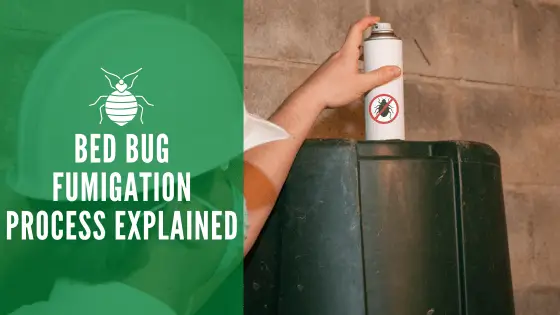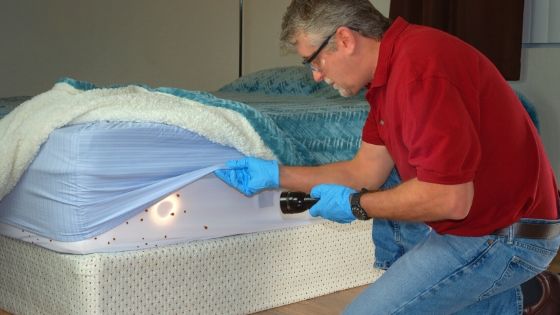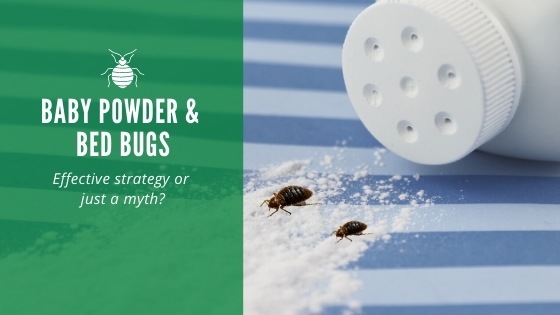Bed Bug Fumigation Process Explained: A Comprehensive Guide

Understanding the bed bug fumigation process can be vital for anyone facing an infestation. These tiny pests can invade homes and cause stress for those affected. Fumigation has long been a proven method to effectively eliminate bed bugs.
Fumigation works by sealing off an area and introducing gas penetrating all the nooks and crannies where bed bugs might hide. This technique ensures that most bugs, including those resistant to other treatments, are eradicated. Modern methods focus on making the process environmentally friendly and safe for humans, combining technology with thoroughness to get at even the most hidden bugs.
With a mix of traditional techniques and newer advancements, pest control professionals can tackle infestations comprehensively. Utilizing fumigation offers peace of mind, knowing that the problem is being addressed systematically and effectively. Through this article, you will gain insightful knowledge about how fumigation works and why it remains a trusted solution in bed bug management.
Got Bed Bugs? Heres What You Should Do Next..
Understanding Bed Bug Infestation
Bed bug infestations can create significant challenges for homeowners. Identifying their presence early and understanding the potential health impacts are crucial steps in managing these pests effectively.
Signs of Bed Bug Presence
Detecting bed bugs early can prevent bigger problems. Common indicators include small, rust-colored stains on bedding or mattresses, which are caused by crushed bugs or their fecal matter. Musty odors, often compared to the smell of almonds or raspberries, can also be a sign.
Another clue is finding their shedded exoskeletons. Bed bugs shed their skin multiple times during their life cycle. Red, itchy bites on the skin, especially in a line or cluster, often indicate bed bug activity and mean a closer inspection is needed. Regularly checking the seams of mattresses, headboards, and behind picture frames can be effective.
Health Risks and Impacts
While bed bugs are not known to transmit diseases, their bites can cause discomfort. Itchy, red welts can lead to excessive scratching, which increases the risk of secondary infections. Some individuals may experience allergic reactions, which can be more severe and require medical attention.
Bed bug infestations can significantly affect mental health due to the stress and sleep disturbances they cause. Constant worry about bites and efforts to eliminate these pests can result in increased anxiety and insomnia. Effective pest control and a comprehensive understanding of their behavior are essential to reducing these impacts and restoring peace of mind.
Bed Bug Fumigation Process
Fumigation is a method for eliminating bed bugs that involves filling an area with gaseous pesticides. This process is thorough and highly effective, targeting even the most hidden pests. The following sections explore the necessary preparation steps, what the fumigation treatment entails, and important considerations after the process is complete.
Preparation Steps for Fumigation
Several preparations are necessary before beginning the fumigation process. Residents must vacate the premises, as the fumigants can be harmful. Food should be sealed in airtight containers or removed from the area. Valuables, including medicines and personal items, should be packed safely.
Properly sealing all vents, windows, and doors will ensure that the gas remains confined during the fumigation. Plants and pets should be moved outside to prevent exposure. A thorough inspection will identify affected areas and ensure that all potential hiding spots are covered.
Fumigation Treatment Details
The fumigation treatment involves the use of specific gases, such as sulfuryl fluoride, to eliminate bed bugs. These gases are introduced into the sealed area, penetrating crevices and furniture where bed bugs hide. The treatment typically lasts several hours to overnight, depending on the extent of the infestation.
Temperature and exposure time are critical for effectiveness. Technicians monitor the concentration of gases to ensure they remain at the required levels to kill bed bugs. This method can also address insecticide-resistant bed bugs, making it a powerful tool for pest control.
Post-Fumigation Considerations
Once fumigation is complete, it’s crucial to ventilate the area thoroughly. This helps disperse any remaining gas, ensuring the environment is safe for re-entry. Residents should wait until professionals confirm safe gas levels before returning.
After fumigation, ongoing monitoring for any remaining bed bugs or eggs is important. Use preventive measures like protective mattress covers to avoid future infestations. Additionally, consult with pest control professionals to evaluate the effectiveness of the treatment and plan follow-up actions if necessary.
While fumigation is effective, maintaining a clean and clutter-free environment can help prevent future bed bug infestations.



